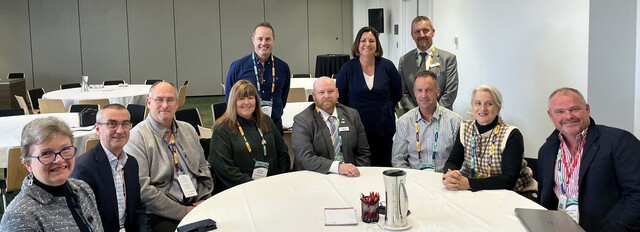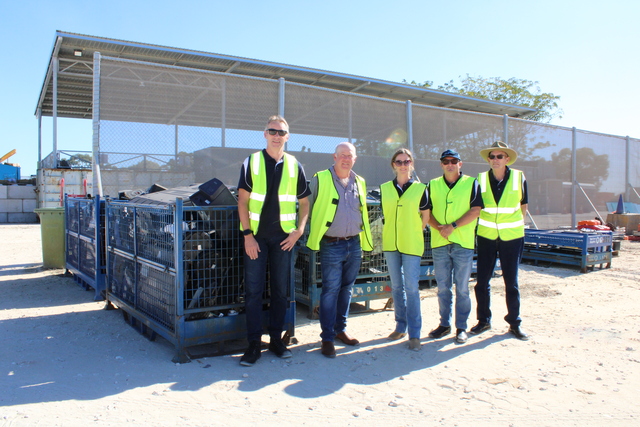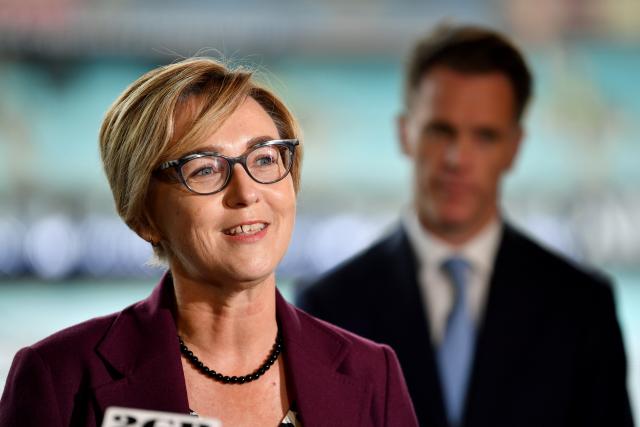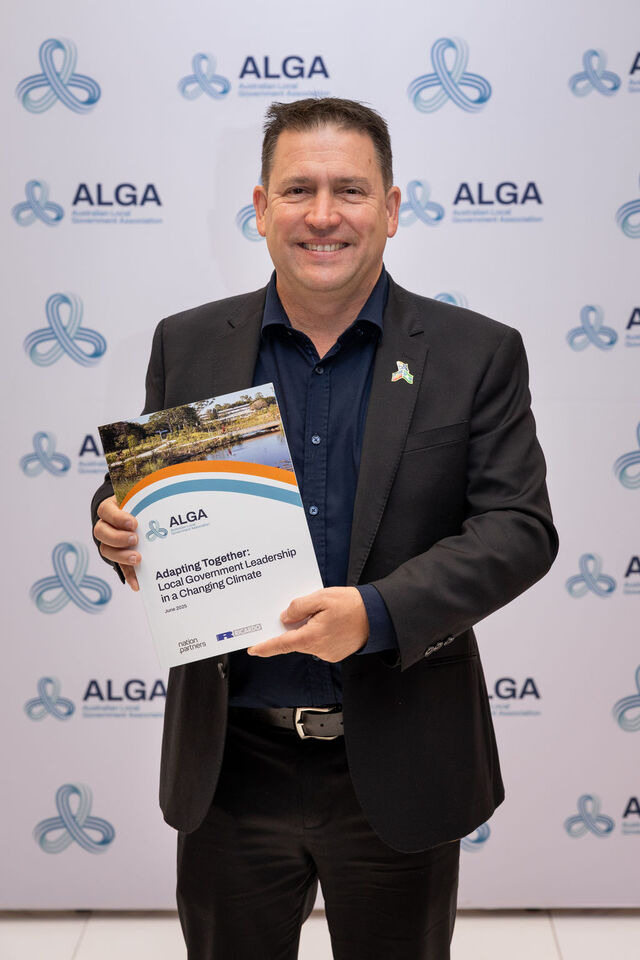Located in the southern suburbs of Sydney, Kogarah Council is the first Local Government in Australia to introduce ‘fuzzy logic’ modelling into its Stormwater Drainage Assets Condition Model.
A collaborative effort between Council and the University of Technology Sydney, this is the first model application of its type for determining the condition of underground infrastructure assets.
The model uses a number of different criteria in determining the condition of the pipes, including traffic loads and volumes on the road, maintenance regimes of pipes, composition of pipe material, the age and size of the pipe, and the land use that predominates where the pipe is located.
Council’s Manager Catchment and Waterways, Isabelle Ghetti, said the beauty of the model is that it can predict the condition of underground stormwater assets without going through the expensive exercise of running Closed Circuit Television Cameras (CCTV) through Council’s 96 kilometres of underground pipes.
“The new Stormwater Drainage Assets Condition Model incorporates the use of advanced technical software and fuzzy logic,” he said. “The premise behind fuzzy logic is that everyday language descriptors are defined in a mathematical manner. The model is then able to mathematically define the basis for poor, average, good or excellent maintenance, as part of calculating the condition index of a pipe. As a result, certain specified criteria are combined mathematically to predict the condition of pipes.”
The model has been validated and calibrated by the use of comparisons of output, which have been generated by limited CCTV surveys using a small pipe network. Results show that there is a high correlation between the results predicted by Council’s Stormwater Drainage Asset Condition Model and the results obtained by CCTV.
As a result of the new model, Kogarah expects more advanced understanding of research in this area, sustainability, reduction in costs and increased efficiency in terms of Council’s operations with its infrastructure assets. Council also envisages it will deliver at least a 20 to 30 per cent increase in serviceability levels as opposed to the standard model.
Given that the average expected life of Kogarah’s stormwater infrastructure assets are in the range of 20 to 30 years, the use of this model will certainly generate advantage in forecasting higher ‘at cost’ valuations and hence provide Council with a better understanding of depreciation expenditure for its infrastructure assets. This model will also yield better estimates for ‘true asset values’ with regards to infrastructure assets like Council’s underground stormwater assets, with less replacement.
For further information contact Violeta Becvarovski at Kogarah’s Department of Assets and Services, on (02) 9330 9448.







